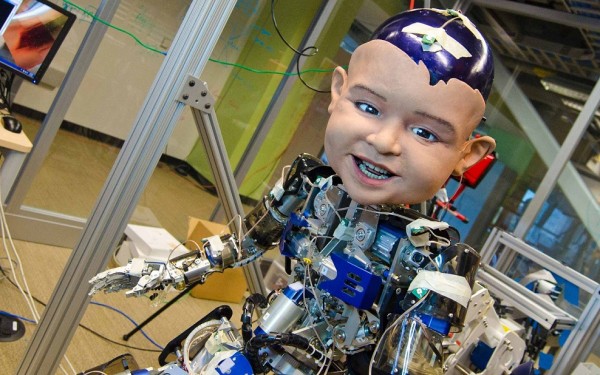Researchers at from the University of California have developed a robotic baby to test a scientific hypothesis that infants can and do use manipulations to non-verbally command their mothers to smile. The scientists used data from an initial study to program a mechanical young child to smile like real babies do, and discovered that the latter were grinning to trick their moms into smiling back.
The University of California, San Diego (UCSD) researchers' findings were recently published in the journal PLOS One.
UCSD researchers first did an initial study with 13 pairs of mothers, and babies less than four months old. They grouped them into four categories, based on whether either, both, or neither the mother and/or baby smiled, according to Engadget.
Researchers learned that mothers tried to maximize how much time they and their babies smiled at each other. However, the infants most often smiled to get their mothers to do the same, and 11 of 13 kids showed signs of smiling on purpose.
Next, the researchers programmed a robo-baby named "Diego-San" to smile like human babies do. They tested Diego-San on 32 test subjects.
Findings of the second study revealed that babies wanted to maximize the smiling of the people around them. However, they tried to minimize their own smiling to achieve that goal.
The researchers concluded that the infants used complex timing to achieve their goals by tricking their mother or father.
In particular, babes used very efficient "wait times" between their smiles, because if they stopped beaming completely, the parent would also stop showing joyful facial expressions, according to Desert News. In short, they smiled little to get big smiles.
This video shows the the Diego-Sans robot baby functioning:


